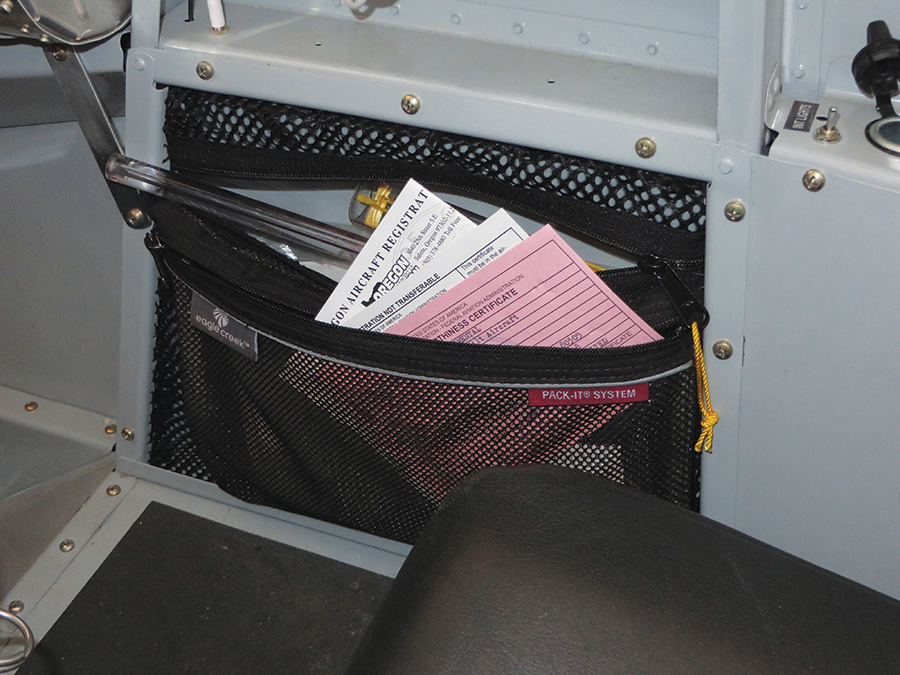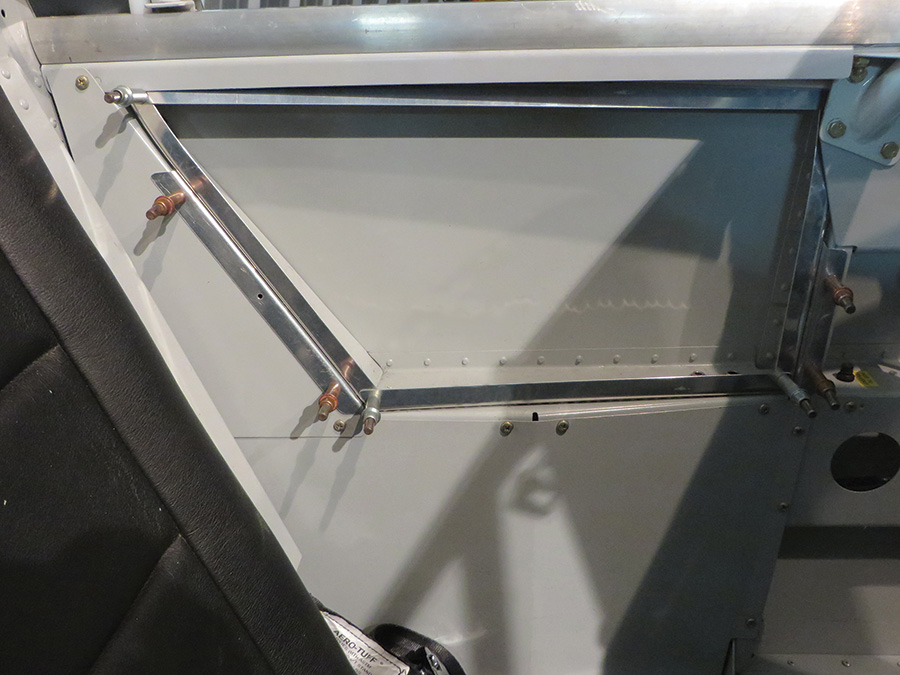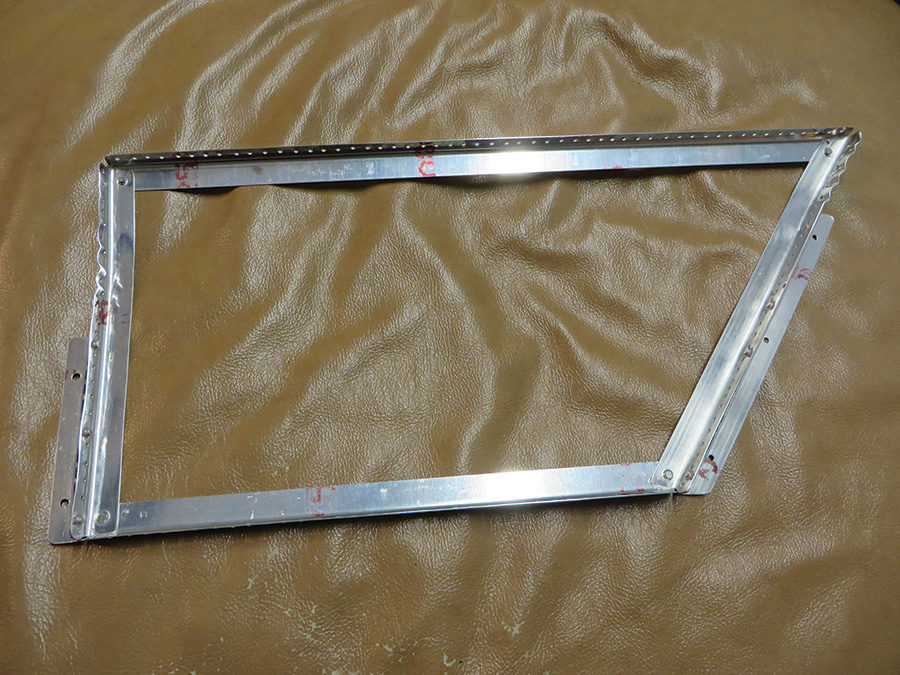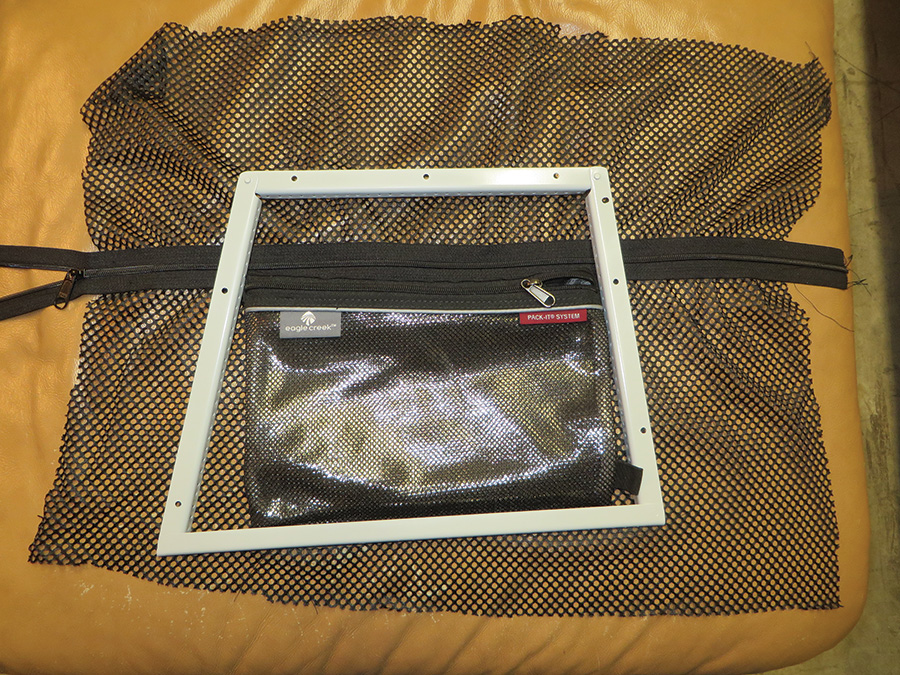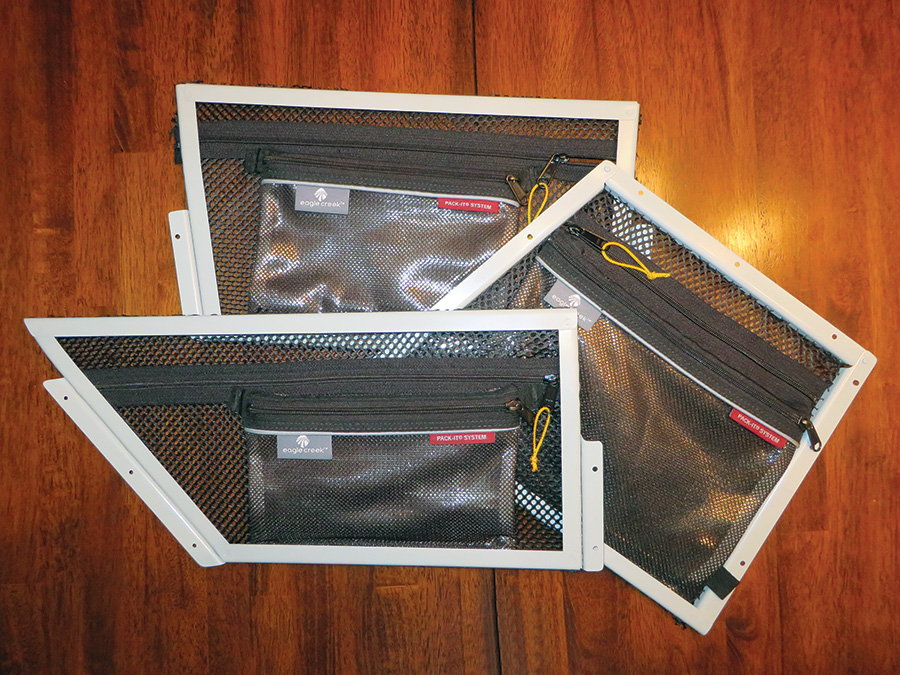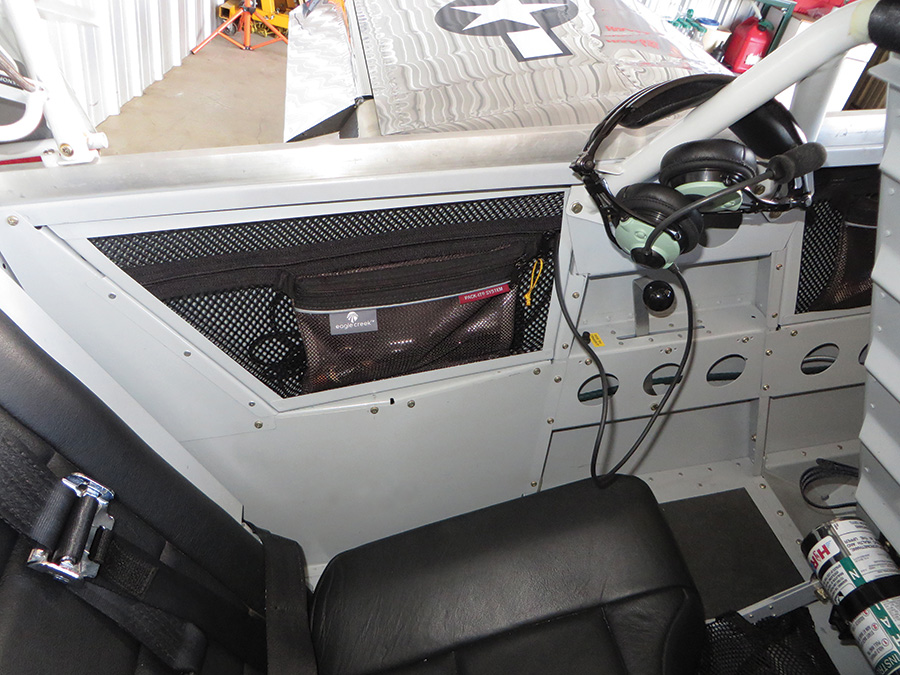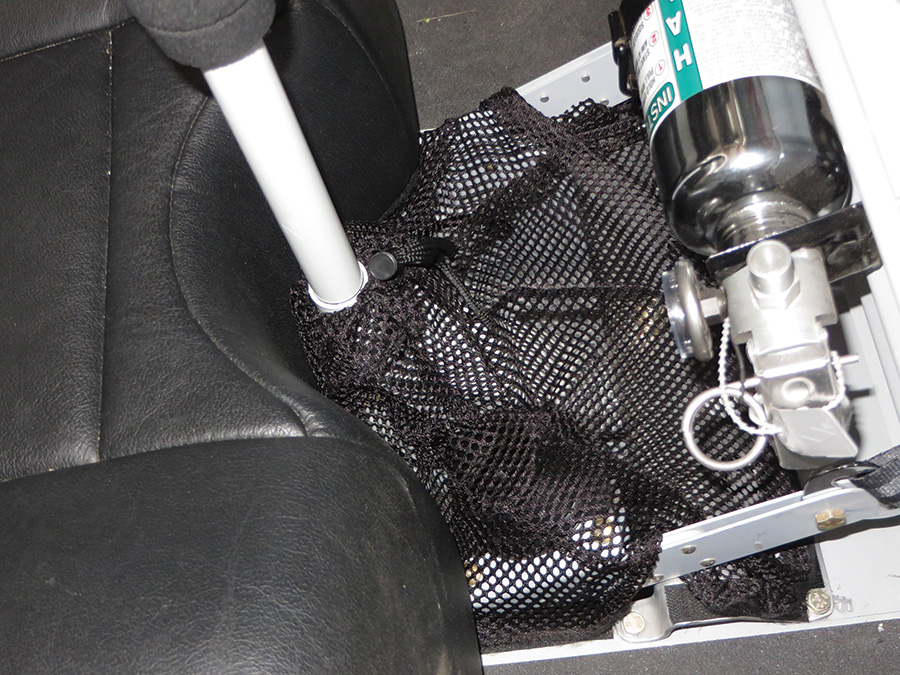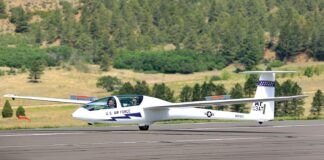I have been flying my RV-8 for a little more than two years and 250 hours, with a good mix of missions. This has given me a chance to think about what little additions might make my plane better. The tandem-seat RVs aren’t known for a lot of extra cockpit space, so even though I love my -8 and find it very comfortable, I try to keep the “carry-on luggage” to a minimum, while keeping the things I might need handy. With a couple of good flying seasons behind me, I found myself making a few tweaks to my plane while waiting out some winter storms.
Zippered Pockets
Like many aircraft, there are plenty of nooks and crannies in the cockpit of an RV-8. I decided to transform this wasted space into extra storage capacity for small items. The basic concept is simple: make zippered pockets in custom shapes that are designed specifically for an RV-8. Of course, this basic concept could easily be applied to other planes, too.
Amazon Aircraft Parts
I made an aircraft parts acquisition by shopping online at Amazon.com. The key objective was light and functional; cheap is good, too. Here’s what I ordered to make the pockets:
• BambooMN Brand Bulk Non-Separating Zipper with 12 Metal Pulls and Snip (10 yards)
• Champion Sports Mesh Equipment Bag (24×36-inches)
• Eagle Creek Travel Gear Pack-It Sacs (small)
I used aluminum skin stiffener L stock to make the frames that hold the pockets in place. Round lacing cord attaches the pockets to the frames, and I did a bit of sewing to attach the zippers to the pouches, and to fasten the small outer pockets to the mesh that fits in the metal frames.
Building the Frames
Measure the area where you’d like to have a pocket in the cockpit. Build an aluminum frame to fit. The frame should be shaped to tuck into the fuselage framing. Don’t make the frame fit too tight. It should fit a little loose because the lacing cord that attaches the mesh will take up some space—probably 1/16 inch to 1/8 inch undersize will do.
I temporarily attached the frames with Clecoes to check the fit. After the pockets were complete, I attached the frames to the fuselage with a combination of screws and blind rivets.
Drill holes in the L stock every inch to receive the stitching for the mesh, then rivet the frames together.
The frame for the pocket is made from aluminum skin stiffener L stock. Don’t make it fit too tight; you need to allow room for the lacing cord.
Adding the Mesh
Cut the mesh and zipper oversized, and sew on the zipper. Take the small Pack-It Sac and attach it to the mesh by stitching through the Sac’s open zipper. You’ll also want to sew the Sac at the bottom to the mesh. Yes, I did this myself, but fair warning—this sort of activity can have a “cold swim” effect.
Use round lacing cord to stitch the pockets to the frame, then cut off the excess mesh and zipper.
With headset jacks mounted on the left armrest, plugs, battery/control packs, and extra cord can be safely tucked into the zippered pocket.
Leftover netting was used to make a stick boot that attaches to the floor with Velcro. The air vent blows through the mesh, so there’s no need to cut around it.
I made three pocket assemblies, giving my GIB and me plenty of storage. Total weight was a mere 14 ounces, and I no longer have to worry about small items floating around the cockpit in zero G.

